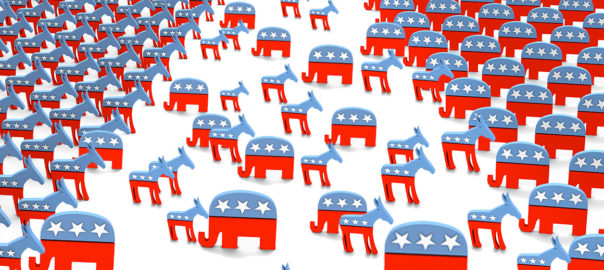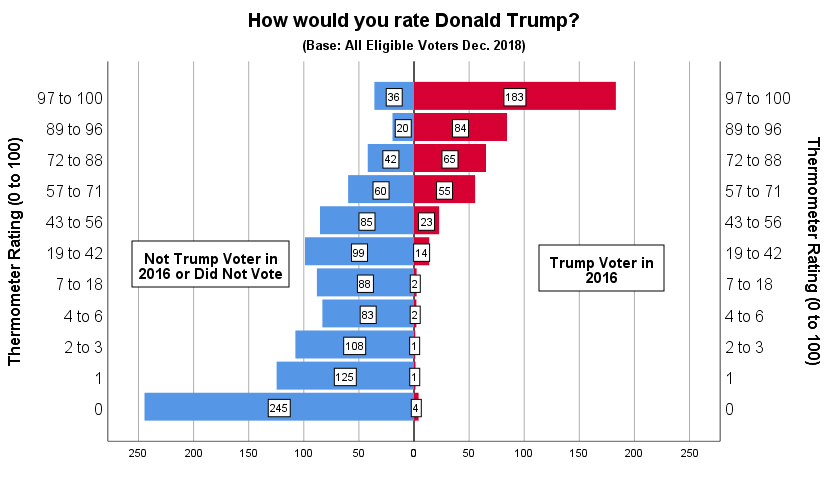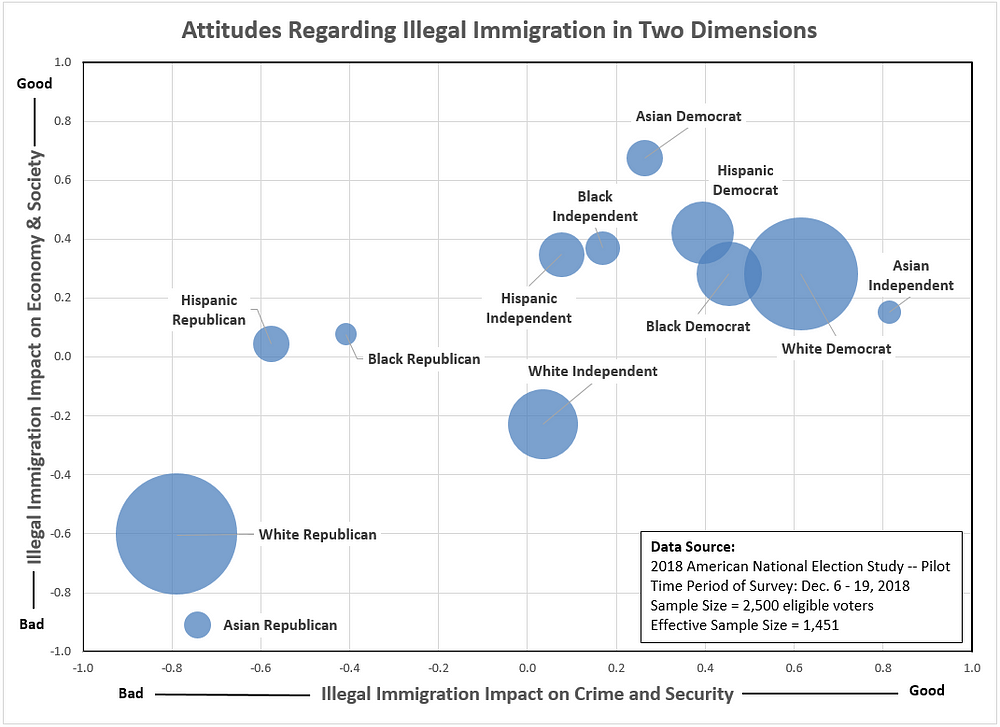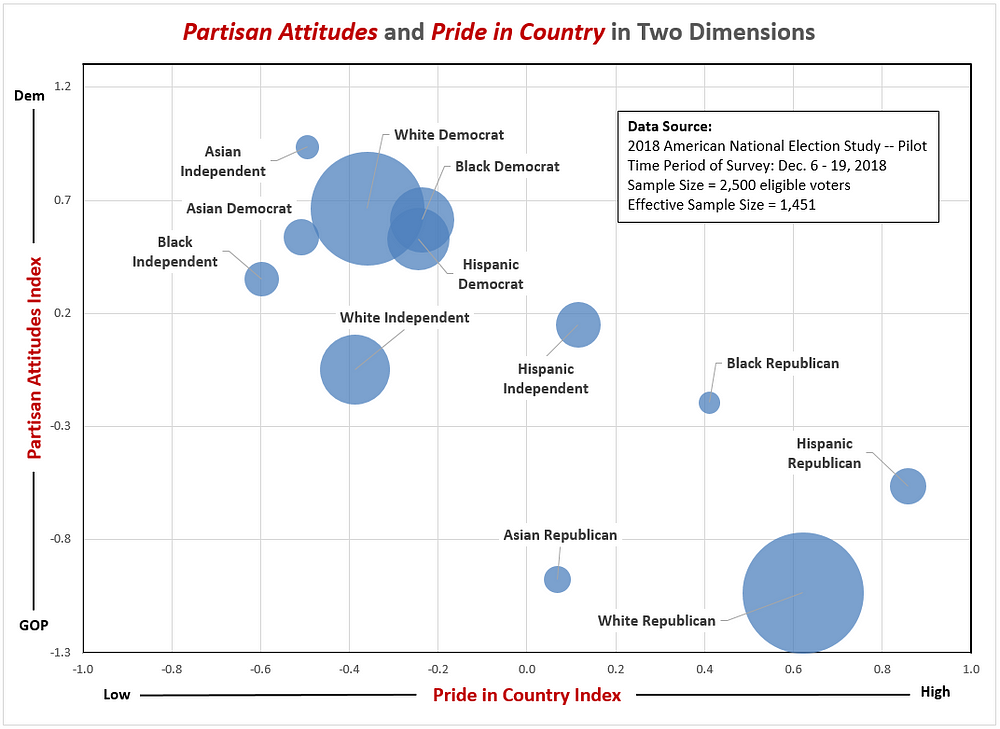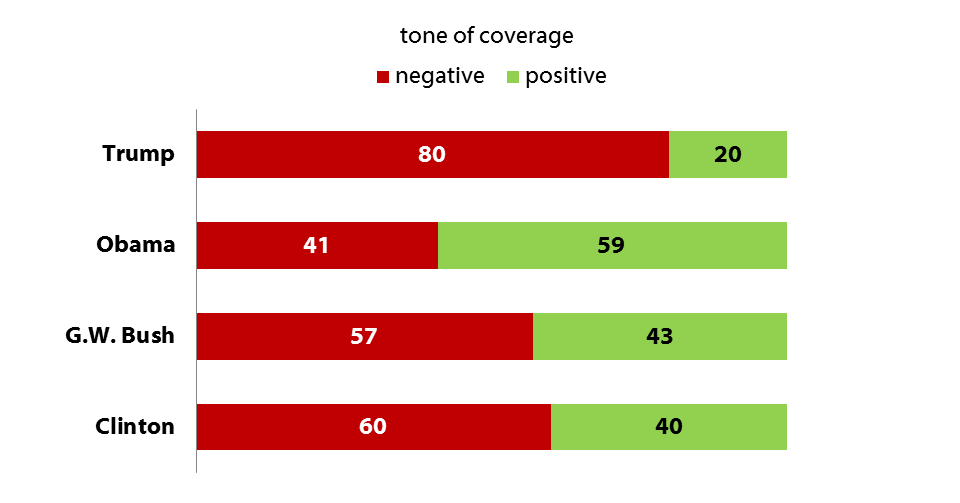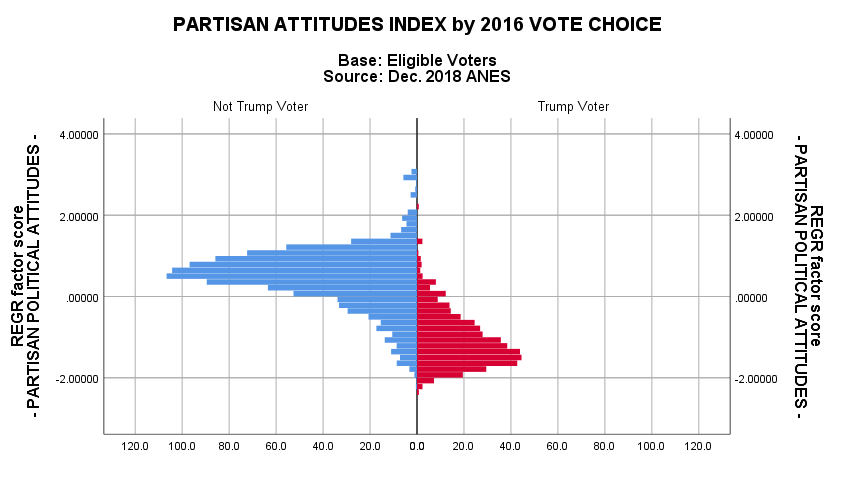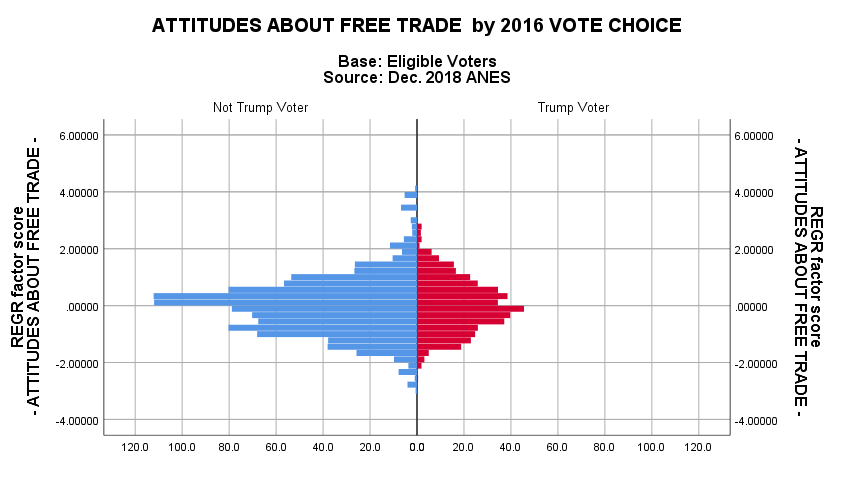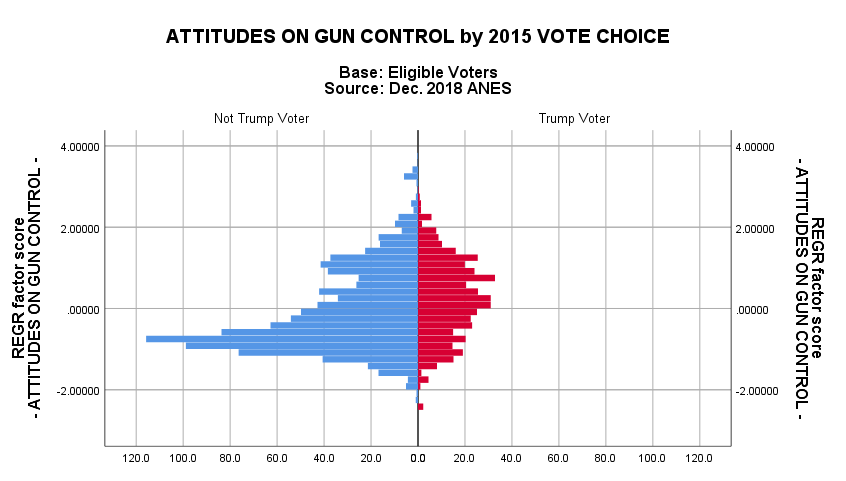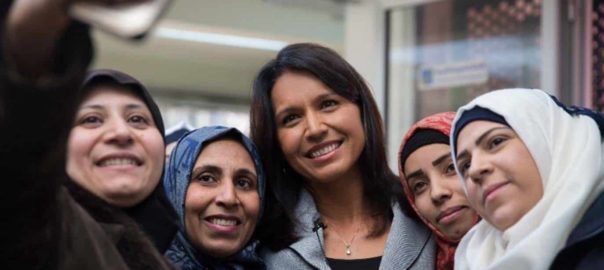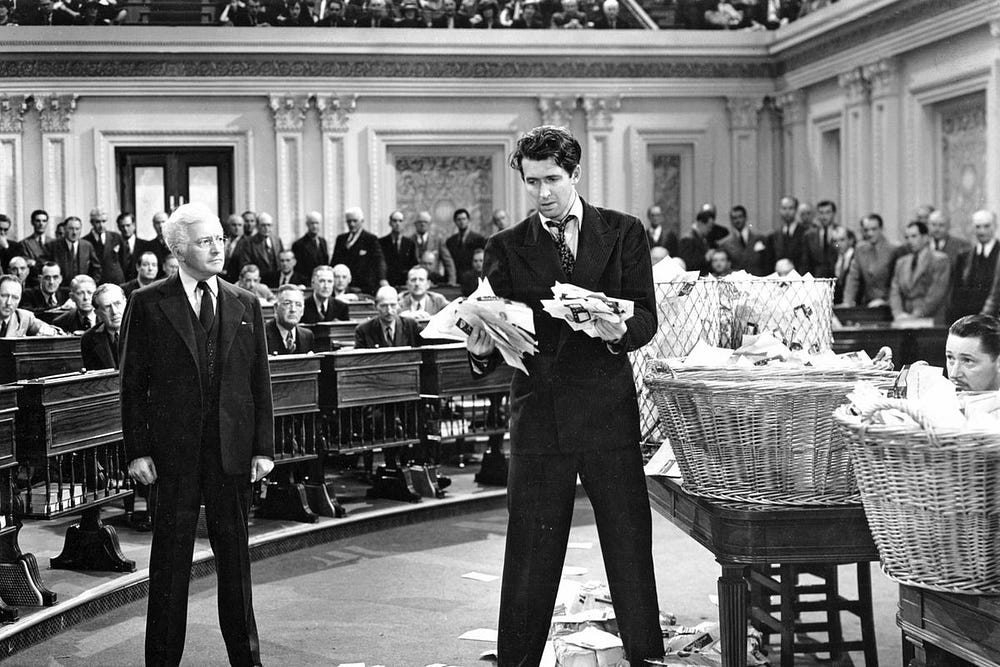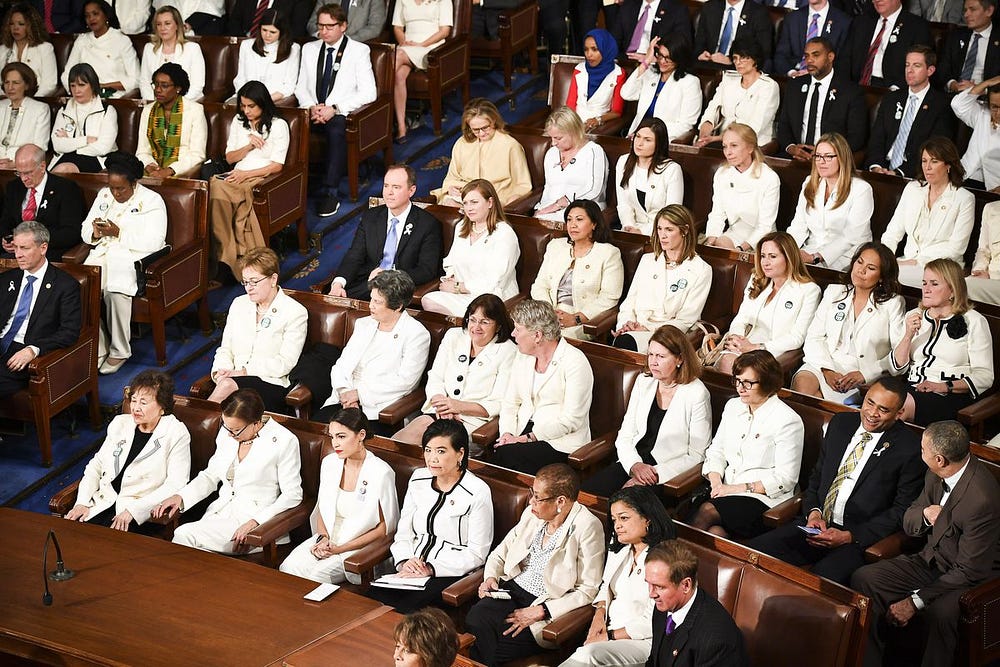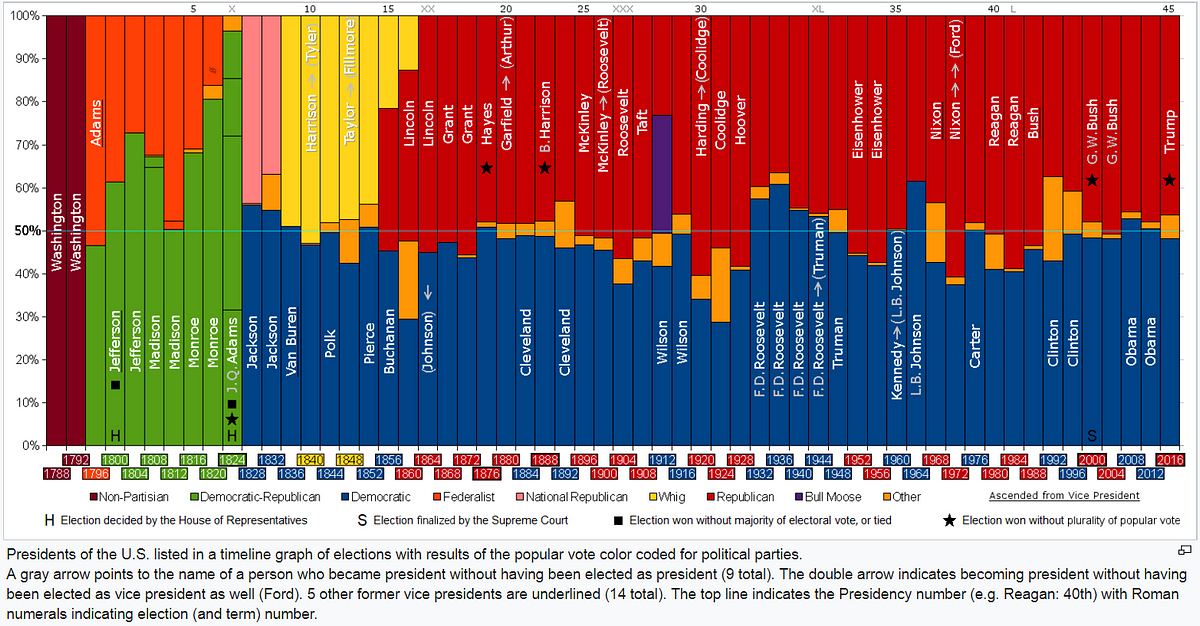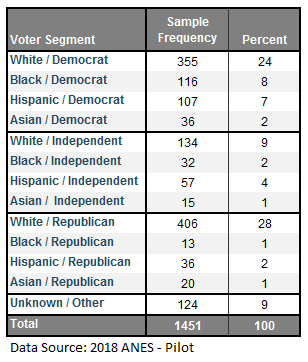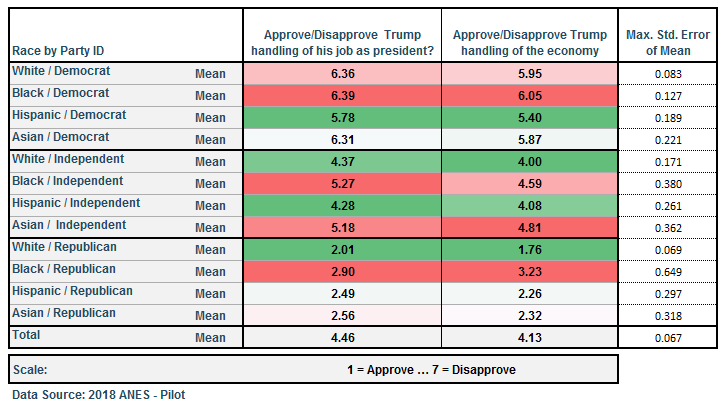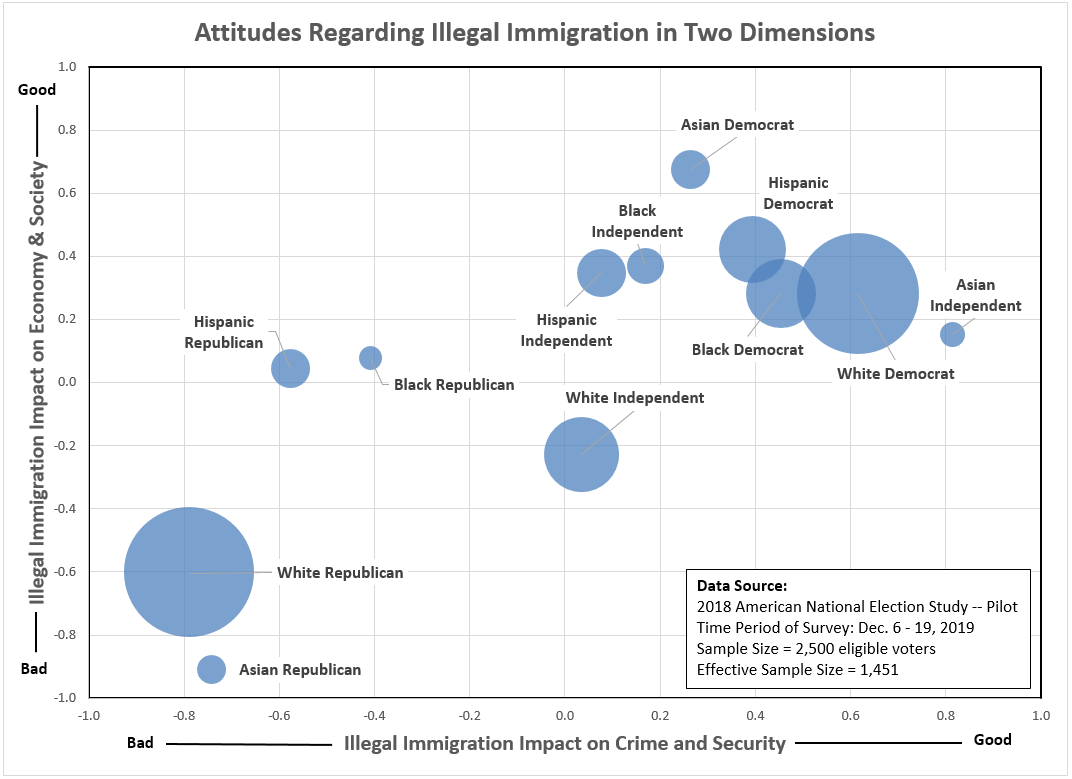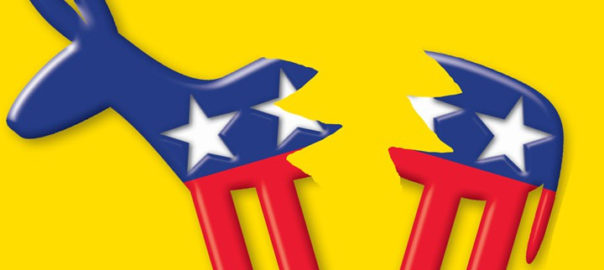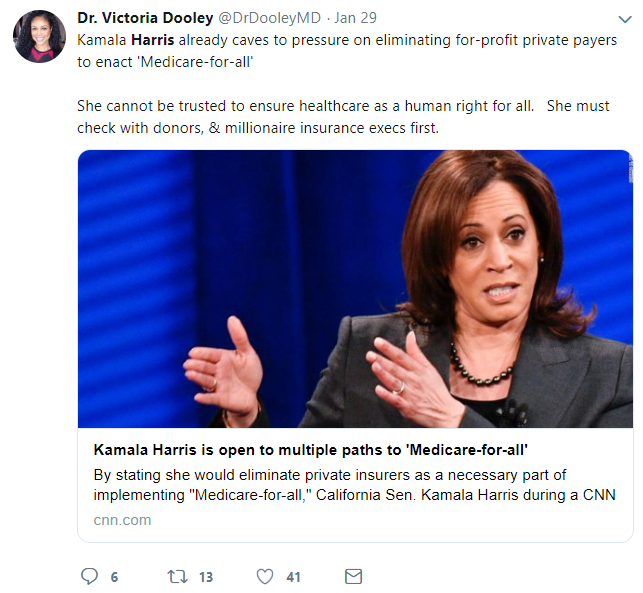By Kent R. Kroeger (Source: NuQum.com; February 26, 2019)
Former Vice President Joe Biden’s idea that presidential candidates sign a pledge not to ‘aid and abet’ foreign meddling in the 2020 election will do nothing to solve that problem and will, instead, further politicize U.S. intelligence agencies.
While speaking at the Munich Security Conference in February, Biden told the audience that U.S. politicians should not use to their advantage any false information derived from a foreign nation’s influence operation. If they do, they are ‘aiding and abetting’ that nation’s attack on the U.S.
Never known for subtlety, Biden was clearly directing his comments towards the President Donald Trump and his campaign’s actions in 2016.
The Transatlantic Commission on Election Integrity Pledge
As the co-chair of the Transatlantic Commission on Election Integrity (TCEI), a nongovernmental panel established last year to help member countries protect their elections from foreign influence, Biden understandably views what happened in the 2016 election as unacceptable. A fair sentiment, even if self-serving given his own possible presidential candidacy in 2020.
However, Biden’s suggestion that all 2020 presidential candidates sign a TCEI pledge to not spread foreign disinformation is not a solution.
In fact, the TCEI pledge, packaged as simple common sense, is a misguided reaction to the 2016 election that will not stop foreign interference and could actually do substantive harm to our electoral process by putting our intelligence agencies in the position of selectively damaging American political candidates and parties.
The pledge itself asks candidates to “refrain from wittingly or unwittingly helping foreign actors undermine Western democracy” by agreeing to the following:
(1) Candidates should not use or spread materials that were falsified or stolen for disinformation or propaganda purposes.
(2) They should avoid spreading doctored audio or video of other candidates, including “deep fake” videos.
(3) They should avoid using bot networks to attack opponents via third parties.
(4) They should maintain high cybersecurity for their campaigns.
(5) And, they should commit to transparency in campaign financing.
Biden’s Bad Idea for Candidates to Sign the TCEI Pledge
On initial glance, the TCEI pledge conditions seem benign and a reasonable person might think they would improve (certainly not do harm to) the integrity of the 2020 presidential election.
They would be wrong and here are some reasons:
First, how can a candidate stop doing something they are unwittingly doing? They can’t. And that reveals one of the pledge’s worst unintended consequences. Since candidates won’t always know if they are being manipulated by foreign influence operations, the Biden-TCEI pledge promotes the idea that it is up to the U.S. government to let them know.
How could that go wrong?
Well, here’s why it could.
The Biden-TCEI pledge encourages the politicization of the U.S. intelligence community (IC) by placing it in a situation where, with direct access to information regarding foreign influence operations, the IC could impact a U.S. election through its selective release of information on election interference.
Again, in principal, that sounds fairly innocuous.
However, in 2016, imagine if the IC (with presidential approval, as required by Executive Order 13526) had told both the Hillary Clinton and Trump campaigns that the Russians were actively pushing pro-Trump messages onto social media platforms and, knowing that, the Trump campaign was expected to stop using these messages in their campaign communications.
Logical questions from the Trump and Clinton camps might be: What exact campaign-related messages are under suspicion? Could there be other campaign messages being pushed out by foreign sources? How certain can you be that these are linked to Russia? Are there other foreign influence operations possibly active? At what level of certainty does the IC decide to inform the campaigns about foreign influence operations?
If the IC fails to identify every foreign-sourced campaign message — which is likely — it effectively taints all campaign messages for the candidate preferred by a foreign influence operation.
The process would be a nightmare and Biden’s pledge does nothing, perhaps even increases the likelihood of the same disaster in 2020.
And imagine if it is more than just the Russians meddling in a U.S. election. We know from experience, not just the Russians, but the Chinese, Iranians, and our ally Israel are capable of running sophisticated influence operations against the U.S.
[For for an interesting article on Israeli influence operations against U.S. elections, check out this excellent story by The New Yorker’s Adam Entous and Ronan Farrow. Spoiler alert: The Israelis are far more sophisticated than the Russians at election meddling.]
The American public is best served when they know the true source of election information. There is no doubt about that.
But under the encouragement of the Biden-TCEI pledge, the public will be ill-served when sourcing information comes from senior- or mid-level intelligence officers, either through leaks to Washington bureau journalists or through its direct release by the executive branch (now headed by Donald Trump, by the way).
U.S. intelligence information will become a political football and subsequently discounted by large segments of the American public (regardless of its accuracy).
Joe Biden’s pledge idea does nothing to solve this problem and might make things worse.
The second concern with the Biden-TCEI pledge is how it implicitly discredits legitimate news and information sources. Democrats, not just Biden, have called out Wikileaks specifically for its ‘laundering’ of Russian-hacked emails in the 2016 election — as if what Wikileaks does is fundamentally different than any other news organization.
But by the Democrats’ standard, we should not trust the New York Times or the Washington Post either as they have in the past taken possession of stolen or leaked emails/documents and published them once they were deemed newsworthy (Pentagon Papers, Panama Papers, Podesta emails, etc.). This is constitutionally protected speech, including the right to also pass this illegally obtained information to others once it is has been released in the media.
By defaming legitimate news organizations for doing their jobs legally and under the protection of the U.S. Constitution, Biden’s pledge increases the likelihood that important whistle blower information in the future will be suppressed because it might be hacker-sourced.
The third concern is that the Biden pledge is asking Americans to ‘voluntarily’ suppress their free speech rights which will narrow the range of information, ideas and opinions existing within our public discourse during elections. Worse yet, it will do so without significantly stopping Russian, Chinese, Iranian or Israeli election interference.
To the contrary, bad actors could use the Biden pledge to implicate the campaign of their choosing as being the “preferred choice” of the Kremlin (or some other enemy of the U.S.).
A candidate, journalist, media outlet or a government official can merely suggest the Russians are helping a specific candidate in order to taint that candidate.
Doesn’t that happen anyway?
Yes, but again, the Biden pledge does nothing to stop and probably encourages such skulduggery.
And, finally, Biden’s pledge will have a chilling effect on the quality of our policy debates as it will effectively prevent any candidate from expressing an opinion that might be aligned with the opinion of a foreign adversary.
We see this dynamic already in the 2020 campaign where a candidate has suggested U.S. interests are better served if the U.S. leaves Syria as soon as possible. This legitimate policy position was met with claims that this candidate is ‘wittingly or unwittingly’ representing the Russians and Syria’s dictator Bashar al Assad.
Biden’s seemingly innocent pledge will, in fact, narrow the range of topics and opinions allowed in U.S. political discourse — which is the opposite of what we need from our electoral system.
So, should we just let the Russians meddle in our next election?
Of course not. We should always protect our information systems from foreign exploitation and hold those countries accountable when the evidence finds them culpable. And it is in the IC’s job description to identify foreign influence operations targeting the U.S. and to minimize their damage to the best extent possible.
At the same time, let us not kill the patient in order to kill the disease.
What can we do?
In an open society like ours, the probability of foreign actors interfering in a U.S. election will always be non-zero. The American people therefore should not be coddled into thinking their government, political and media elites are capable of protecting them from all nefarious actors that might try to interfere in our elections. Furthermore, with this responsibility now, these elites have proven they will abuse their power for often partisan reasons when left unconstrained.
Let the free and educated American people be the best line of defense from foreign interference; even if, on occasion, bad information will enter the political bloodstream.
That is one cost of our freedom — the potential exposure to bad information.
This cost is far outweighed by the benefits of our First Amendment that allows us to seek information from a multitude of sources, including foreign, should we choose to do so.
Personally, I seek alternative points of view (propaganda, if you want to call it that) on American policy, even those of our adversaries. Why do I do this? Because sometimes our government and news media lie and news sources not controlled by American corporate interests are sometimes the only source for good information. For skeptics of this claim, I recommend the book, The Best War Ever: Lies, Damned Lies, and the Mess in Iraq, by Sheldon Rampton and John Stauber, which details — in an entertaining and digestible way — how “politicians lie to journalists and then believe those lies when they see them in print.”
As informed voters, we need to know to know what the Russians, Iranians, Venezuelans, and Syrians are thinking, even if it is weighted towards government-produced propaganda. We are not children. We can handle discordant information. We really can.
And if I want to watch RT’s Redacted Tonight with Lee Camp or The Jimmy Dore Show on You Tube every night, well, why is that your concern or the government’s? [I am obligated however by conscience and logical consistency to inform you that RT is partially funded by the Russian government.]
They spread lies!
All the media outlets spread f**king lies at one time or another. The trick is learning to know when.
The blessing of being a U.S. citizen is that we have access to varieties of information and can access it without fear of retribution from our government (though that same government is allowed — through the bipartisan supported Patriot Act —to track everything any of us watch and read on the internet if they choose to do so — yes, that is a true statement, not Russian propaganda.).
The Biden-TCEI pledge is part of a nanny-state culture where elites, themselves held together by a common set of behavioral norms and motives, coordinate to ‘protect’ the American people from evil doers, both domestic and foreign.
But Americans don’t need Joe Biden, the U.S. intelligence community, the news media or the 2020 presidential candidates deciding what information Americans should read and hear in the next election. It is not their job and, besides, they are not good at it.
But the Biden-TCEI pledge wants you to believe they are good at it.
- K.R.K.
Send comments to: kroeger98@yahoo.com

